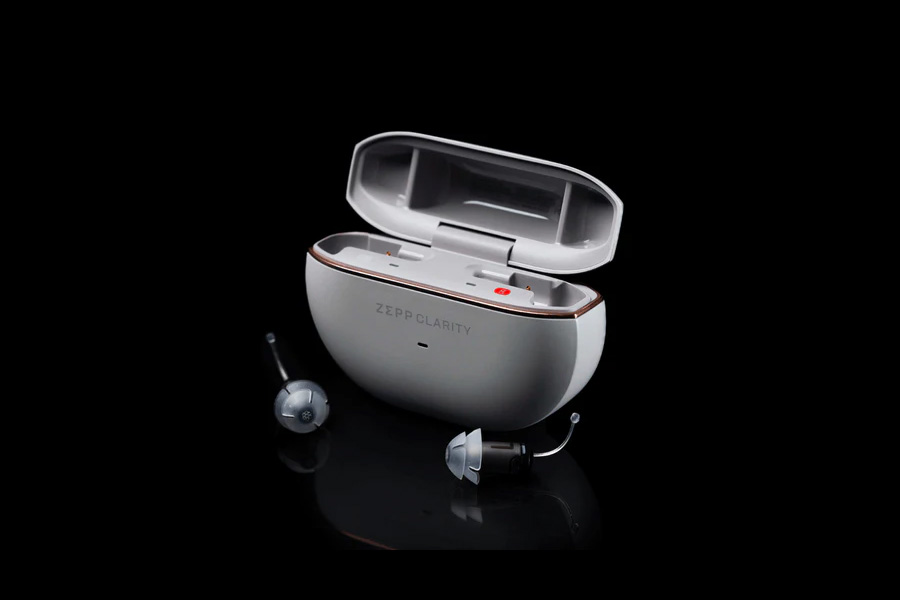
Image Source: clarity.zepp.com
For many people with hearing loss, the idea of wearing a hearing aid comes with mixed emotions. While the benefits to daily life are undeniable—clearer conversations, improved confidence, and greater independence—there’s often hesitation about visibility and appearance. Fortunately, technology has come a long way. Today, there are nearly invisible hearing aids that offer powerful sound support in designs so discreet, most people won’t even notice you’re wearing one.
Nearly invisible hearing aids are ultra-compact devices designed to fit either inside the ear canal or sit subtly behind the ear with minimal exposure. These devices are especially popular among users who prefer a low-profile look without compromising audio quality. Many models are custom-molded to the wearer’s ear, making them both comfortable and unobtrusive.
There are several main types of nearly invisible hearing aids. The most discreet are Completely-in-Canal (CIC) and Invisible-in-Canal (IIC) devices. These are inserted deep into the ear canal, making them almost undetectable to others. Because they sit so close to the eardrum, they often provide very natural sound quality and reduce wind noise. However, their small size means they typically don’t include some of the more advanced features found in larger models, such as Bluetooth connectivity or directional microphones.
Receiver-in-Canal (RIC) hearing aids are another discreet option. While not as hidden as CIC or IIC devices, RIC aids use a tiny behind-the-ear unit connected to a nearly invisible wire that leads to a receiver inside the ear canal. These models strike a balance between discretion and functionality, often offering advanced features while still being barely noticeable.
So, how do nearly invisible hearing aids actually work? Regardless of their size, all hearing aids function on the same basic principle: they capture sound, amplify it, and deliver it to the ear in a way that compensates for hearing loss. Tiny microphones pick up sounds, which are then processed by a digital chip. The processed signals are sent to the speaker (also called the receiver), which delivers the sound into the ear canal.
What makes these compact hearing aids particularly impressive is the level of sophisticated technology packed into such a small device. Many models feature noise reduction, feedback cancellation, and programmable settings that can automatically adjust based on your environment. Some even use AI to learn your listening preferences over time, making adjustments seamless and personalized.
Of course, nearly invisible hearing aids aren’t ideal for everyone. Those with severe or profound hearing loss may need more powerful devices that are slightly larger and more visible. Additionally, the smaller size can make these aids harder to handle for users with dexterity issues.
Still, for many individuals with mild to moderate hearing loss who prioritize both hearing performance and aesthetics, nearly invisible hearing aids offer a perfect solution. They restore sound clarity while allowing users to feel confident and comfortable in social situations—without drawing attention to their devices. As hearing technology continues to evolve, these discreet options will only become more capable and more popular.

